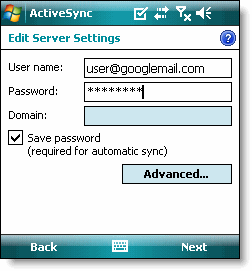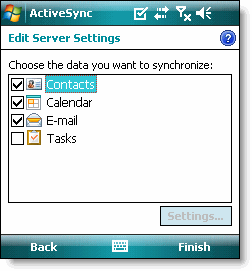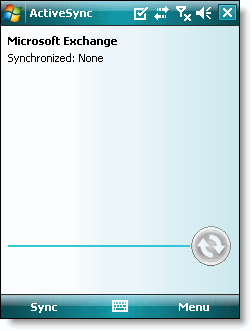 ThermaPAK Heatshift Laptop Cooler
ThermaPAK Heatshift Laptop CoolerMost laptop users might had tried the laptop cooler, which plugs to USB to run the small fans. But i recently heard of a cooling pad called "Heatshift Laptop Cooler". It is a flexible pad with dimpled top. It utilize both conduction and convection to cool your laptop (and your lap).
(Conduction is heat transferred directly from one object to another by physically touching. Convection is heat transferred by the movement of liquid molecules from warmer areas to cooler ones.)
The crystals inside the dampled top are in a solid state. As the underside of the laptop begins to warm up, this heat is transferred to pad and gradually changes the PCM crystals into a liquid. The grooves on the pad channel air under the laptop, and the liquid will draw heat from the laptop.
 The cooler is selling from US$27.99 @ the ThermaPAK website.
The cooler is selling from US$27.99 @ the ThermaPAK website. FreeAgent Go™ for Mac
FreeAgent Go™ for Mac Disk Space demand is "exploding". Photos and Videos are in MB and GB these days. External Drive is common for most mobile users. Freeagent Go for Mac is a light, thin and stylish, with very low power consumption. Suits nicely to a Mac user. It also comes with USB 2.0 and Firewire.
The drive is available from US$129.99 @ the Seagate Website.























